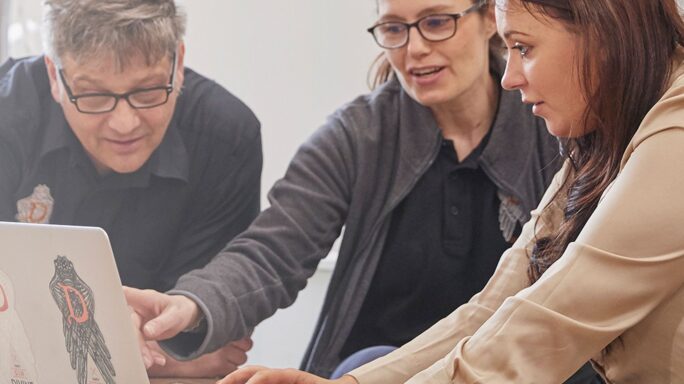Building a better future for your firm

Taking a look back at the past few months, what has changed? What’s different from 2019? Of course, we can all point to so many changes, personal and professional, as a result of COVID-19. The real question is, will your future be better than the past? I believe it can be if you make an effort to build a better future for your firm. Here are a few ways I see firms doing just that.
Commit to remote work
Many firms struggled to transition their teams to remote work in March – even if they were already supporting a handful of full-time remote workers. Now that the dust has settled, many firm leaders have realized that their people can be more productive at home than they’d ever dreamed possible.
Some team members may be ready to get back to the office full-time, but many aren’t. Some people won’t want to go back to 100% on-site at all. Firm leaders need to meet their talent wherever they fall on that spectrum and identify the tools and technologies to support them.
The firms that were already leveraging cloud technologies are doing very well, while those that are still using VPN may be struggling. Using cloud technology is a great place to start. If you’re already there, keep an eye on emerging technologies that are converging and will begin to accelerate even more over the next year: 5G, the Internet of Things, sensors to collect the audit data you need without being on the client’s premises. Start thinking about what your firm will look like on the other side of the pandemic and investing in the technologies to support it.
Build relationships
In a more remote firm, how will you build and maintain relationships with clients and team members? This goes way beyond video conferencing using Zoom or Microsoft Teams. You need a process for building relationships, whether you’re onboarding a new employee, talking to prospective clients, or maintaining culture in your existing team.
Positive relationships are critical to the success of your firm – they’re part of what sets you apart from DIY accounting and tax preparation software. Phone calls and emails aren’t enough to keep those connections strong. So much communication is non-verbal. Facial expressions and body language play an important role in conveying the right message and catching subtle nuances. Expand your communication tool set and create a process for using the one most appropriate for different situations.
Update your processes
No matter how well your paperless, digital processes worked when everyone was in the same physical location, you likely noticed a few breakdowns in those processes once everyone started working remotely.
Note what worked and what didn’t during this busy season and start looking for ways to adapt those processes to your new way of working. Your team can be an excellent resource for this – they’re the ones who are doing the work every day, so they may be aware of issues you didn’t notice or have great ideas on how to fix broken processes.
Focus on mindset
If remote work wasn’t on your radar in January, you probably had to have a pretty serious mindset shift in March. Your clients did, too.
To make remote work successful, both the firm and the clients need to share the same mindset. Servicing clients remotely requires that your clients appreciate your use of technology and be willing to change some habits. If your clients refuse to use tools like cloud software, portals, digital organizers, and electronic signatures, you may need to consider whether they’re the right client for your firm.
A substantial amount of work can be done remotely while providing the same quality service and building excellent relationships, as long as we’re willing to make it work. If we can accomplish that while reducing commute times and giving people a better quality of life, why would we ever go back to the way things were?





